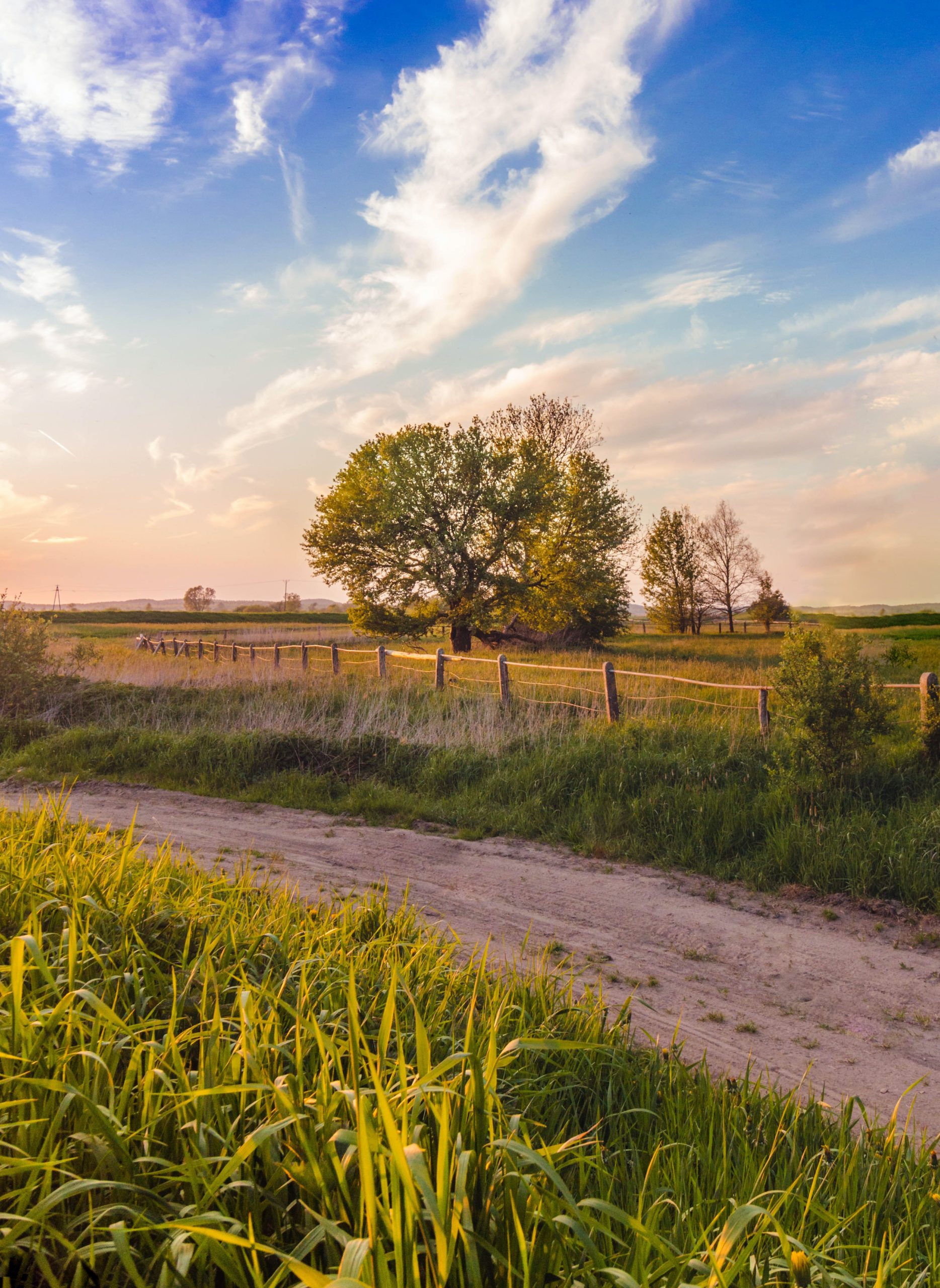Midweek update

From the Omicron and siblings front —
The Wall Street Journal reports
The Biden administration has agreed to pay $3.2 billion for 105 million doses of Pfizer Inc.’s Covid-19 vaccine.
The deal would provide supplies for the federal government’s planned fall booster campaign, which administration officials are devising to blunt a potential wave in cases, possibly driven by variants of the Omicron strain now spreading across the U.S.
Under the deal, the federal government would have the option to buy 195 million additional doses, the Health and Human Services Department said Wednesday. Pfizer, which developed and makes the vaccine with partner BioNTech SE, would make whatever type of vaccine federal health regulators decide should be featured in the fall campaign.
The American Hospital Administration informs us
The Department of Health and Human Services’ Office of the Assistant Secretary for Preparedness and Response and Food and Drug Administration this week extended the shelf life for certain refrigerated lots of the COVID-19 combination monoclonal antibody therapies REGEN-COV and Evusheld. They extended the shelf life for REGEN-COV from 24 months to 30 months and the shelf life for Evusheld from 18 months to 24 months. FDA last year authorized the therapies for emergency use to prevent COVID-19 in certain adults and children. REGEN-COV is not currently authorized in any U.S. region because it is unlikely to be effective against the omicron variant and subvariants.
Health IT Analytics tells us “The National Institutes of Health’s (NIH) All of Us Research Program has announced that health data from 20,000 people who have had SARS-CoV-2 is now available to researchers in the US, expanding the program’s dataset to encourage the study of long COVID, social determinants of health (SDOH), and health disparities.”
Also, from the SDOH front, MedPage Today informs us
Maternal mortality rates substantially increased during the COVID-19 pandemic, according to a study using data from the National Center for Health Statistics.
After March 2020, maternal deaths increased by 33.3%, which was higher than the 22% overall excess death estimate expected to result from the pandemic, reported Marie Thoma, PhD, of the University of Maryland in College Park, and Eugene Declercq, PhD, of Boston University.
The rate of maternal deaths before the pandemic was 18.8 per 100,000 live births, which increased to 25.1 per 100,000 live births during the pandemic, the authors noted in a research letter published in JAMA Network Open. * * *
The largest increases were seen in Hispanic and Black women, which was in line with maternal mortality rates before the pandemic. Hispanic women saw a relative change of 74.2% (8.9 deaths per 100,000 live births), and Black women saw a 40.2% relative change (16.8 deaths per 100,000 live births), while white women saw a 17.2% relative change (2.9 deaths per 100,000 live births).
From the monkeypox front, the Department of Health and Human Services announced
an enhanced nationwide vaccination strategy to mitigate the spread of monkeypox. The strategy will vaccinate and protect those at-risk of monkeypox, prioritize vaccines for areas with the highest numbers of cases, and provide guidance to state, territorial, tribal, and local health officials to aid their planning and response efforts.
Under the strategy, HHS is rapidly expanding access to hundreds of thousands of doses of the JYNNEOS vaccine for prophylactic use against monkeypox in areas with the highest transmission and need, using a tiered allocation system. Jurisdictions can also request shipments of the ACAM2000 vaccine, which is in much greater supply, but due to significant side effects is not recommended for everyone. * * *
The Advisory Committee on Immunization Practices currently recommends vaccination for those at high risk following a confirmed monkeypox exposure. Given the large number of contacts and difficulty in identifying all contacts during the current outbreak, vaccine will now be provided to individuals with confirmed and presumed monkeypox exposures. This includes those who had close physical contact with someone diagnosed with monkeypox, those who know their sexual partner was diagnosed with monkeypox, and men who have sex with men who have recently had multiple sex partners in a venue where there was known to be monkeypox or in an area where monkeypox is spreading.
The American Hospital Association adds
CDC yesterday activated its Emergency Operations Center to monitor and coordinate the emergency response to monkeypox and mobilize additional CDC personnel and resources. The agency has expanded testing capacity for the virus since May 18, when the first U.S. case in the global outbreak was confirmed, to include up to 78 state public health laboratories and five commercial laboratory companies. As of June 28, 306 U.S. monkeypox cases have been reported.
From the Dobbs case front
- CNBC reports “CVS is removing its earlier purchase limit on emergency contraceptive pills. The chain said that ‘sales have since returned to normal and we’re in the process of removing the purchase limits.'”
- HHS’s Office for Civil Rights announced “new guidance to help protect patients seeking reproductive health care, as well as their providers.”
In general, the guidance does two things:
1. addresses how federal law and regulations protect individuals’ private medical information (known as protected health information or PHI) relating to abortion and other sexual and reproductive health care – making it clear that providers are not required to disclose private medical information to third parties; and
2. addresses the extent to which private medical information is protected on personal cell phones and tablets, and provides tips for protecting individuals’ privacy when using period trackers and other health information apps.
According to recent reports, many patients are concerned that period trackers and other health information apps on smartphones may threaten their right to privacy by disclosing geolocation data which may be misused by those seeking to deny care. * * *
The guidance on the HIPAA Privacy Rule and Disclosures of Information Relating to Reproductive Health Care may be found at https://www.hhs.gov/hipaa/for-professionals/privacy/guidance/phi-reproductive-health/index.html.
The guidance on Protecting the Privacy and Security of Your Health Information When Using Your Personal Cell Phone or Tablet may be found at https://www.hhs.gov/hipaa/for-professionals/privacy/guidance/cell-phone-hipaa/index.html.
From the FDA front, BioPharma Dive identifies five FDA decisions to watch in the third quarter of 2022 which starts on Friday.
From the Affordable Care Act front, the Internal Revenue Service released a draft of the 2022 Form 1095-B which FEHB and other health plans offering minimum essential coverage must make available to their enrollees.







